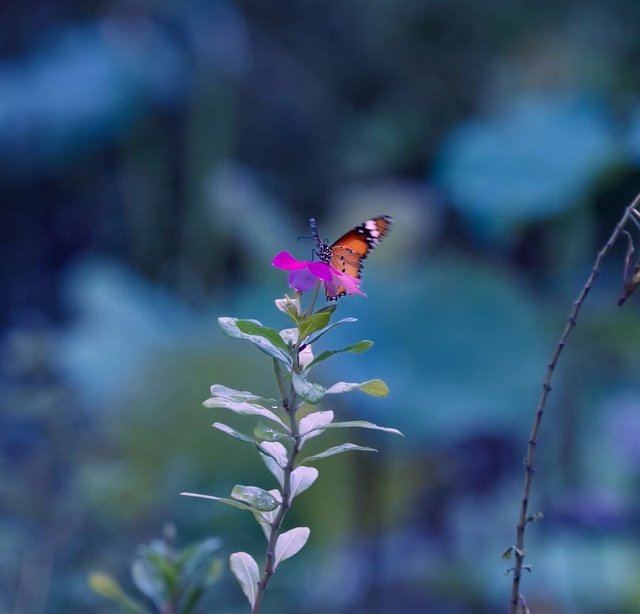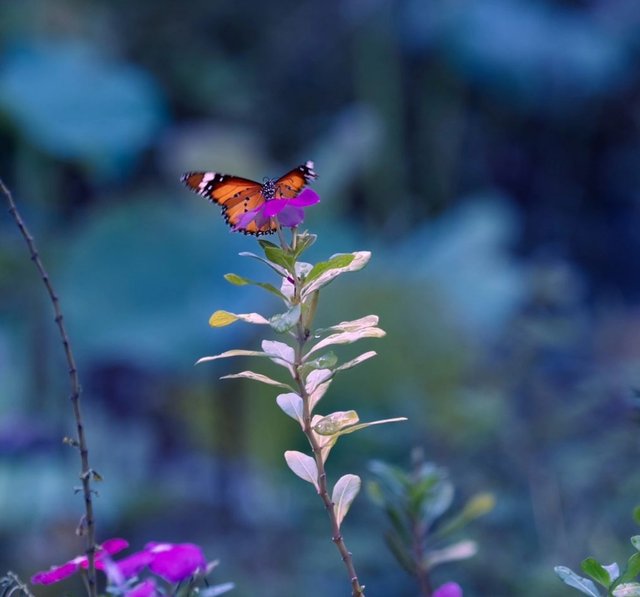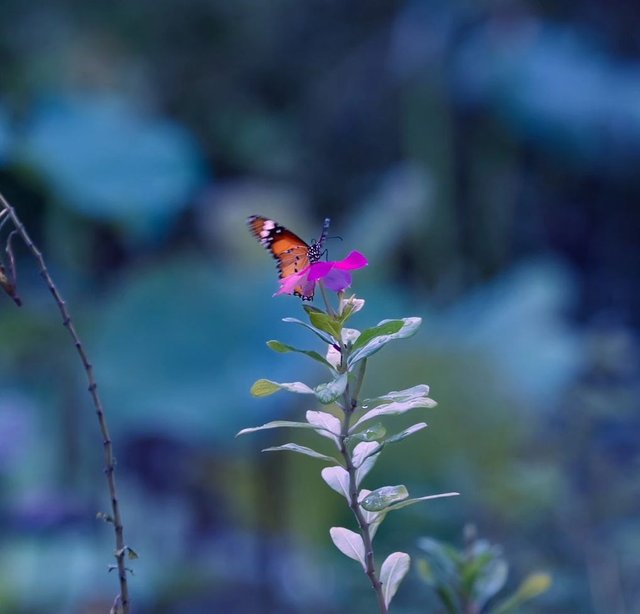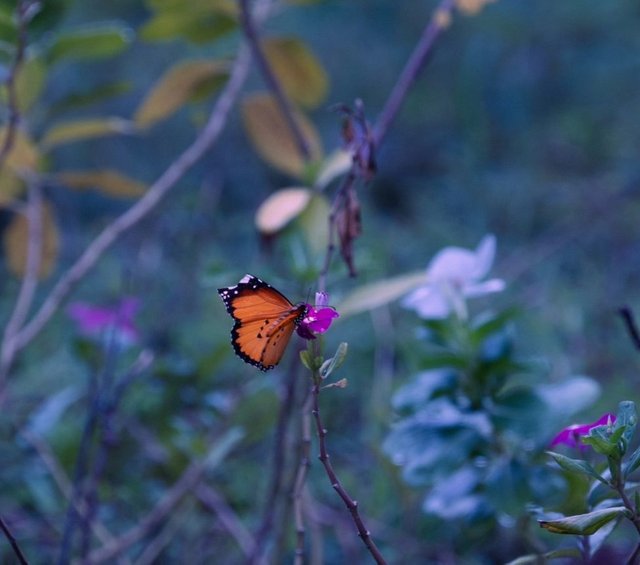So Beautiful Butterfly
The Fascinating World of Butterflies: A Deep Dive into Nature's Winged Wonders
Butterflies are among the most captivating creatures in the animal kingdom, admired for their vibrant colors, delicate wings, and graceful flight. These insects are not only visually striking but also play an essential role in ecosystems as pollinators. However, there is much more to butterflies than their beauty. Their life cycle, behavior, and ecological significance are equally compelling. Let's take an in-depth look at the intricate world of butterflies.
Butterfly Evolution and Species Diversity
Butterflies belong to the order Lepidoptera, which they share with moths. The origin of butterflies can be traced back over 100 million years, evolving from moth-like ancestors. Today, there are around 18,000 species of butterflies globally, with their habitats ranging from tropical rainforests to temperate woodlands, mountains, and meadows.
Some well-known species include:Monarch Butterfly: Known for its remarkable migration, the Monarch travels thousands of miles from North America to Central Mexico.
Swallowtail Butterfly: Large, brightly colored butterflies that often have tail-like extensions on their hindwings.
Morpho Butterfly: Found in Central and South America, these butterflies are famous for their iridescent blue wings.
The Life Cycle of a Butterfly
One of the most fascinating aspects of butterflies is their life cycle, which consists of four distinct stages: egg, larva, pupa, and adult butterfly. This transformation process, known as complete metamorphosis, is a marvel of nature.
Egg: The butterfly begins as an egg, which is usually laid on the underside of leaves. The female butterfly carefully chooses the plant on which to lay her eggs because the caterpillars that hatch will need the specific plant as their primary food source.




